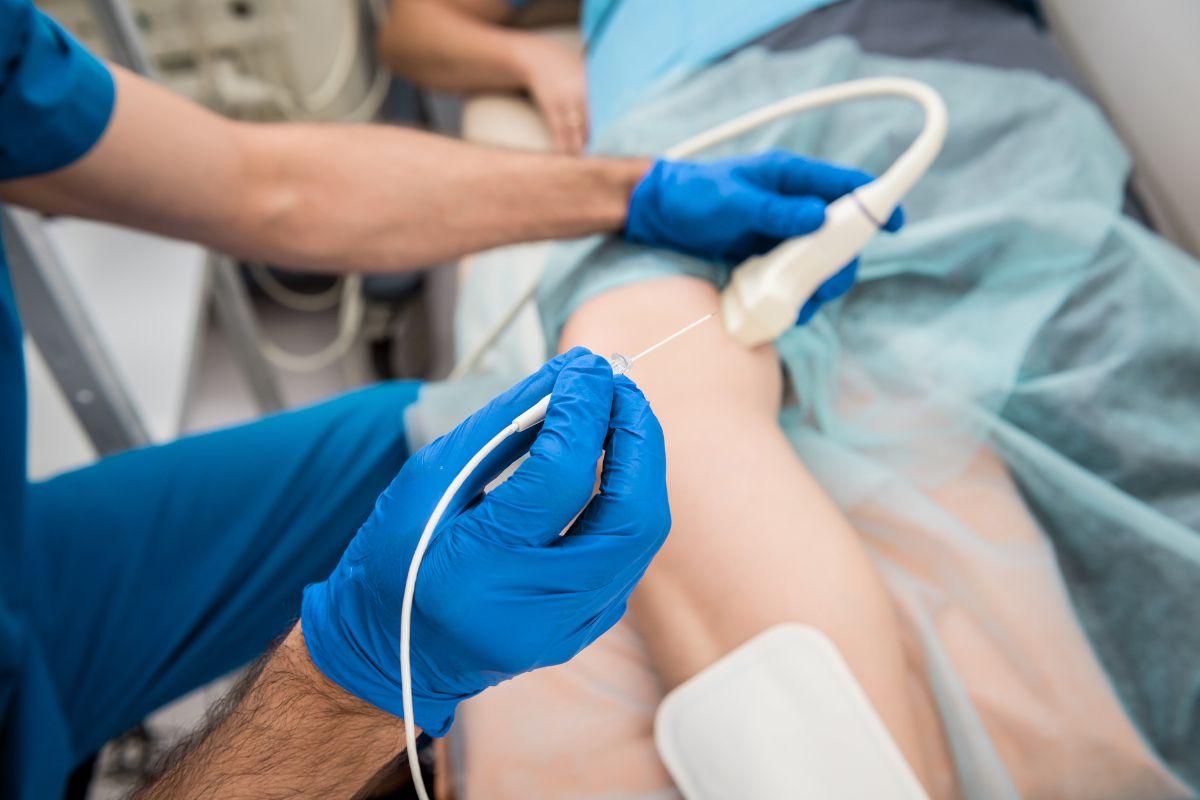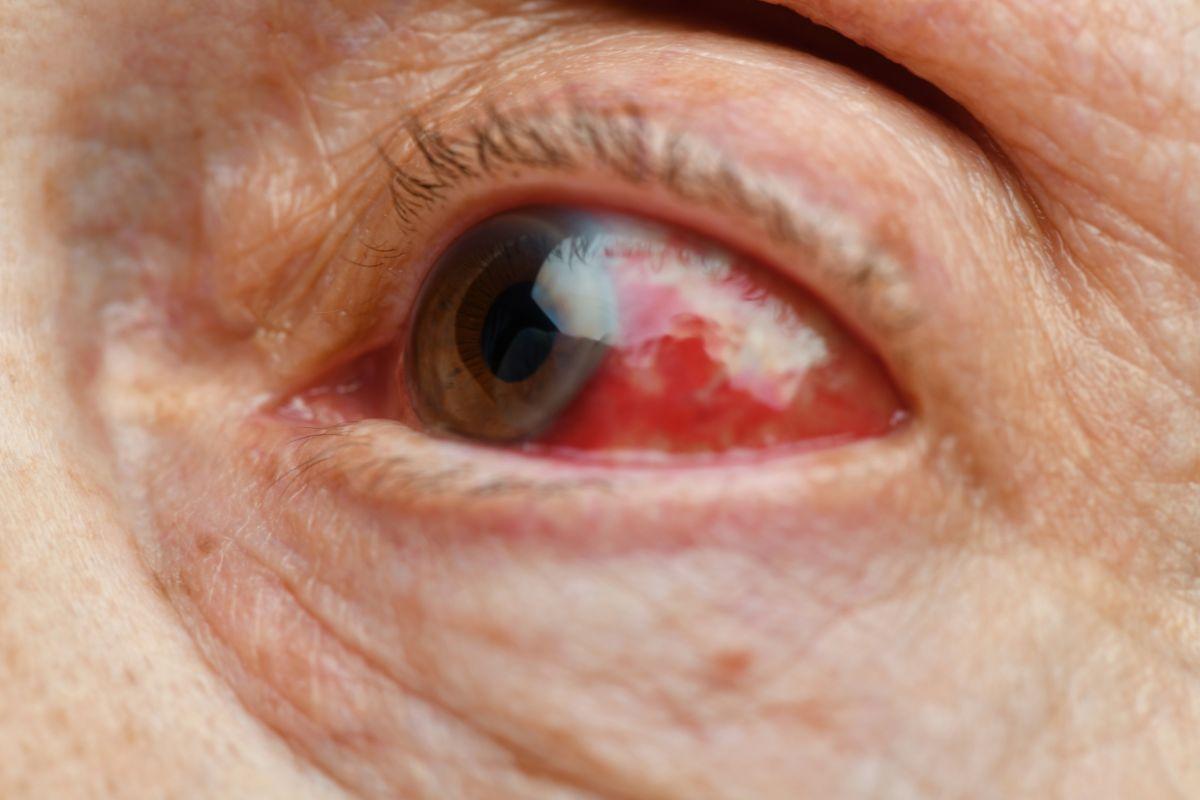Written by Mr Neal Jacobs for Doctify
They may be some of the smallest appendages we have but that doesn’t mean they can’t affect our wellbeing. Toe deformities like bunions or hammer toes can be debilitating, which is why orthopaedic surgeon Mr Neal Jacobs urges anyone suffering to take action.
Find out more about what causes them and how they can be treated below.
What are some of the most common toe deformities?
The commonest toe deformities include bunions (hallux valgus), hammer toes, claw toes, mallet toes and cross-over deformities. Hallux valgus is where the big toe is deviated towards the lesser toes producing a bunion prominence on the inner aspect of the joint at the base of the big toe.
Hammer, claw and mallet deformities tend to affect the lesser toes and are distinguished according to which joint in the toe is mainly involved. In severe cases, toes can completely cross-over each other causing significant problems.
Can injury cause these problems?
Toe deformities tend to develop gradually and traumatic injury is not usually to blame. However in some instances, such as a forceful stubbing of the toes, where they are bent backwards very acutely, damage to internal tissue structures, such as ligaments, plantar plate or tendons, may result and precipitate more sudden development of deformity.
Do ill-fitting shoes sometimes cause deformities?
Ill-fitting footwear is rarely the sole causative factor leading to foot or toe deformity which is generally multifactorial. However, poor footwear which overcrowds the toes or does not provide sufficient room for the foot may exacerbate an underlying tendency to develop deformity.
What are the treatment options for toe deformities?
Depending on the type of deformity and its severity, there are a range of treatment options available. These can include the use of spacers, pads, splints, insoles or taping. When non-operative measures fail to control the symptoms then often surgery can help. Most toe surgery can be performed under local anaesthetic using minimally invasive techniques.
Can they lead to more serious problems?
For many people, toe deformities are simply a bit of a nuisance or a cosmetic embarrassment. For some however, toe deformity can severely limit footwear options or cause intrusive pain.
Significant pain in the foot can alter the way in which you walk. This may, in turn, affect joints higher up the body such as ankles, knees, hips, and spine.
In other cases, toe deformity leads to rubbing in footwear and chronic ulceration which, if not controlled, can result in deep infection such as osteomyelitis, and potentially lead to requirement for amputation of the toe.
Do you have any tips for those suffering from toe deformities?
If you have toe deformities which are causing you problems don’t feel embarrassed to seek help. There are plenty of avenues for accessing help, such as your local GP, chiropodists and podiatrists, or a friendly orthopaedic foot and ankle surgeon.
..
Sign up at the top of this page to receive our next article to your inbox.
Are you an orthopaedic surgeon? Would you like more information about joining Doctify? Please click here.
If anything mentioned here has affected you and you want to know more, you can book an appointment with Mr Jacobs by clicking below.




